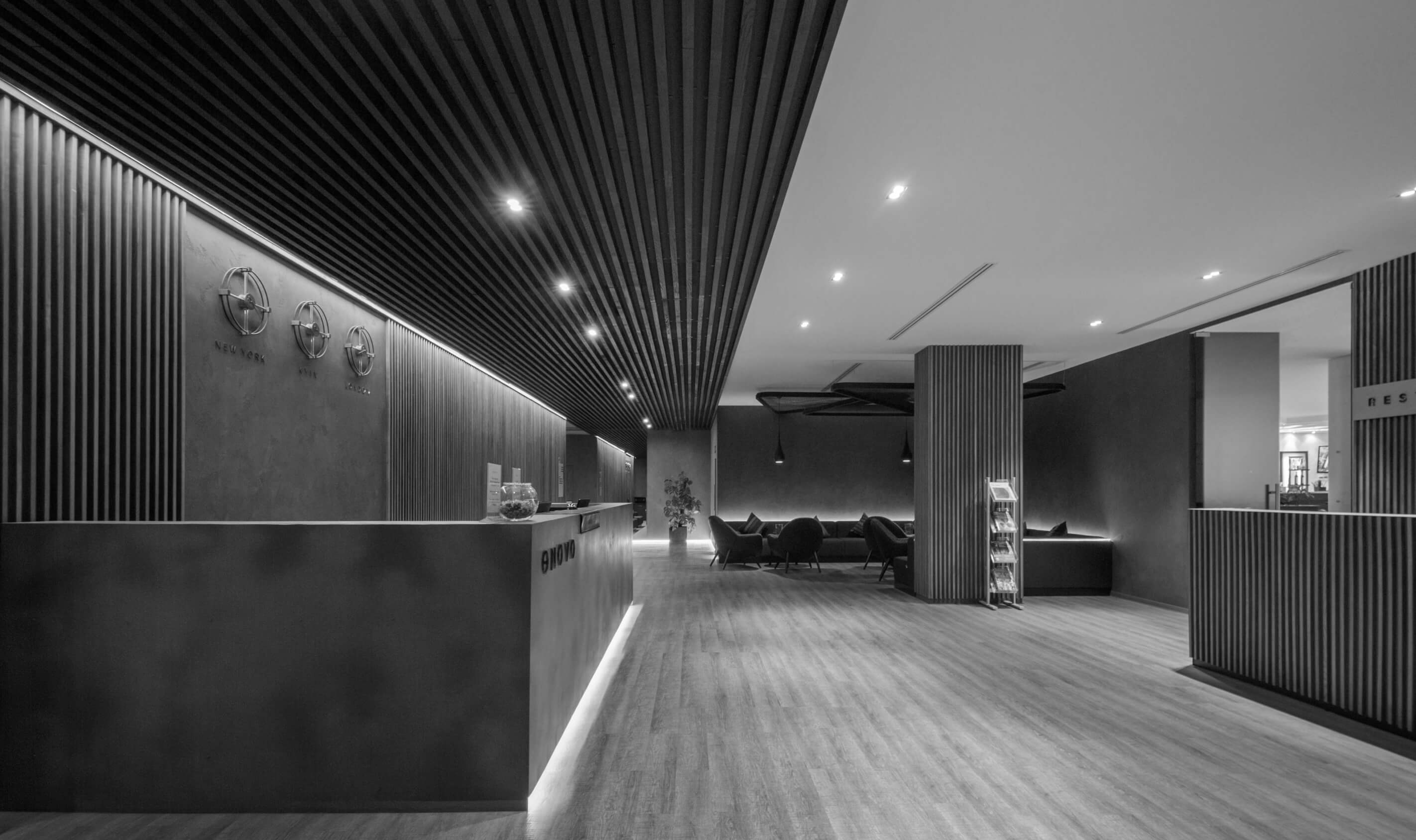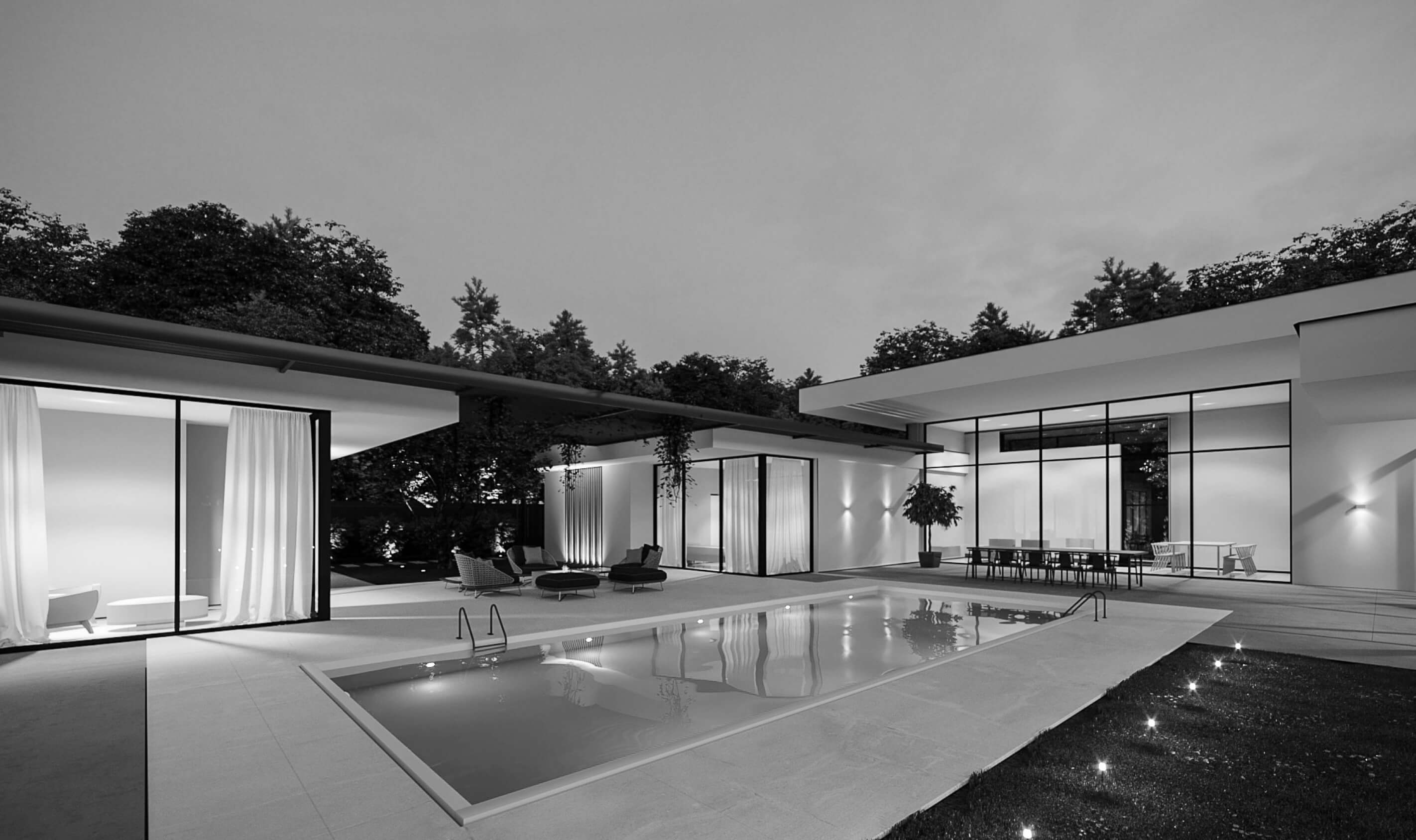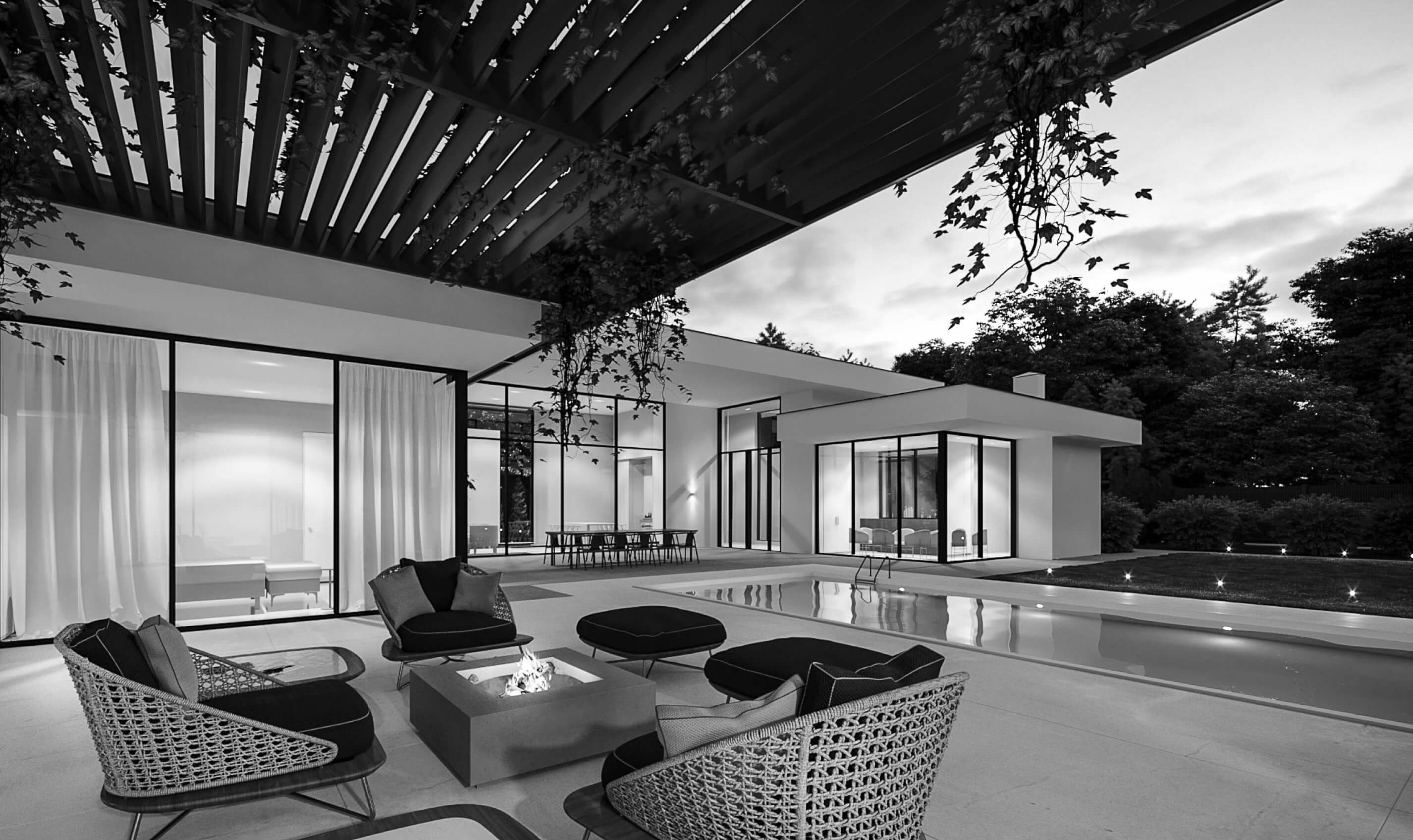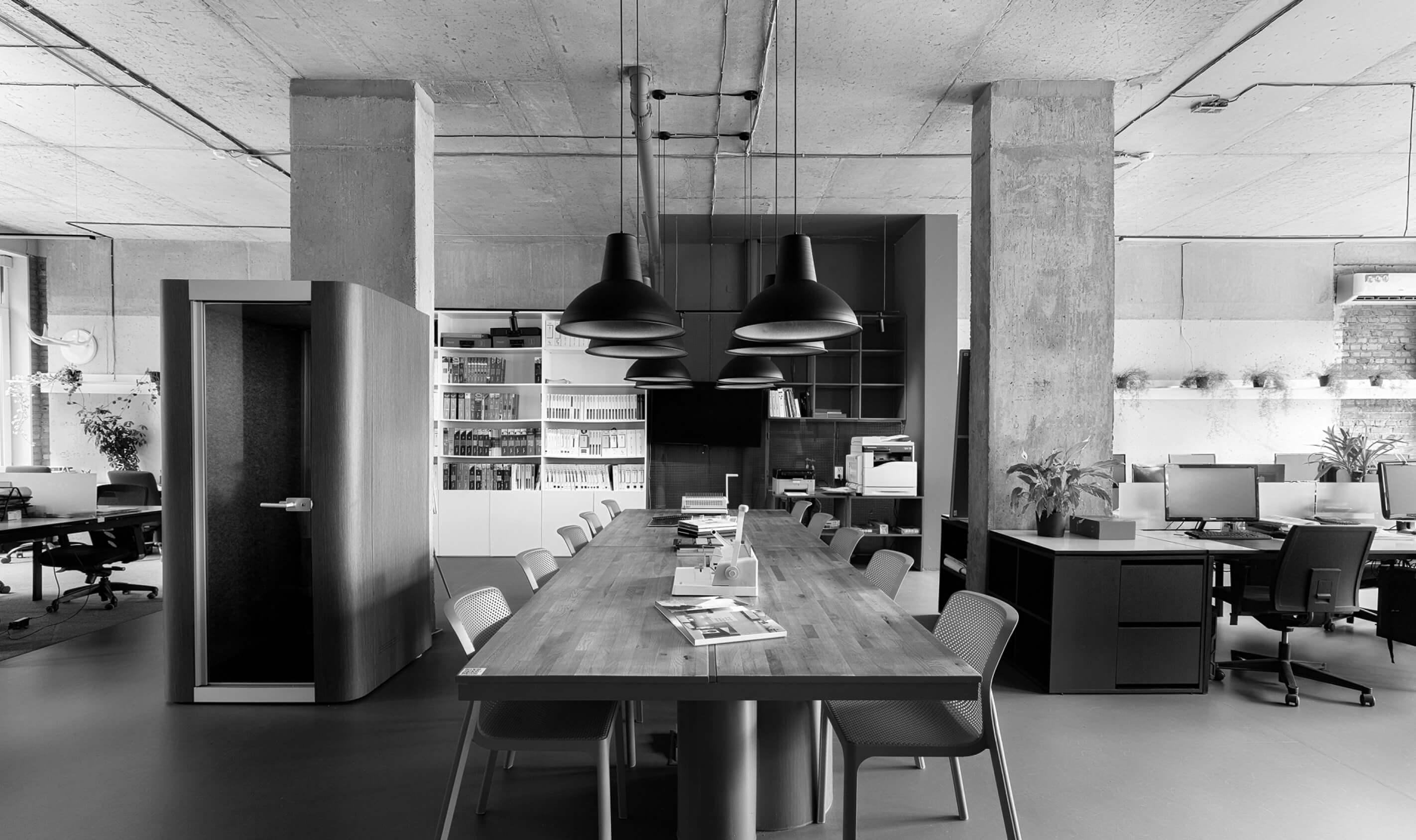No matter what your vision of an ideal office is, it all starts with choosing the right space. And this choice is not just about finding square meters. It’s a strategic decision that can significantly impact the success of your business. Your office is a powerful tool for increasing productivity, attracting talent, and creating a positive company image.
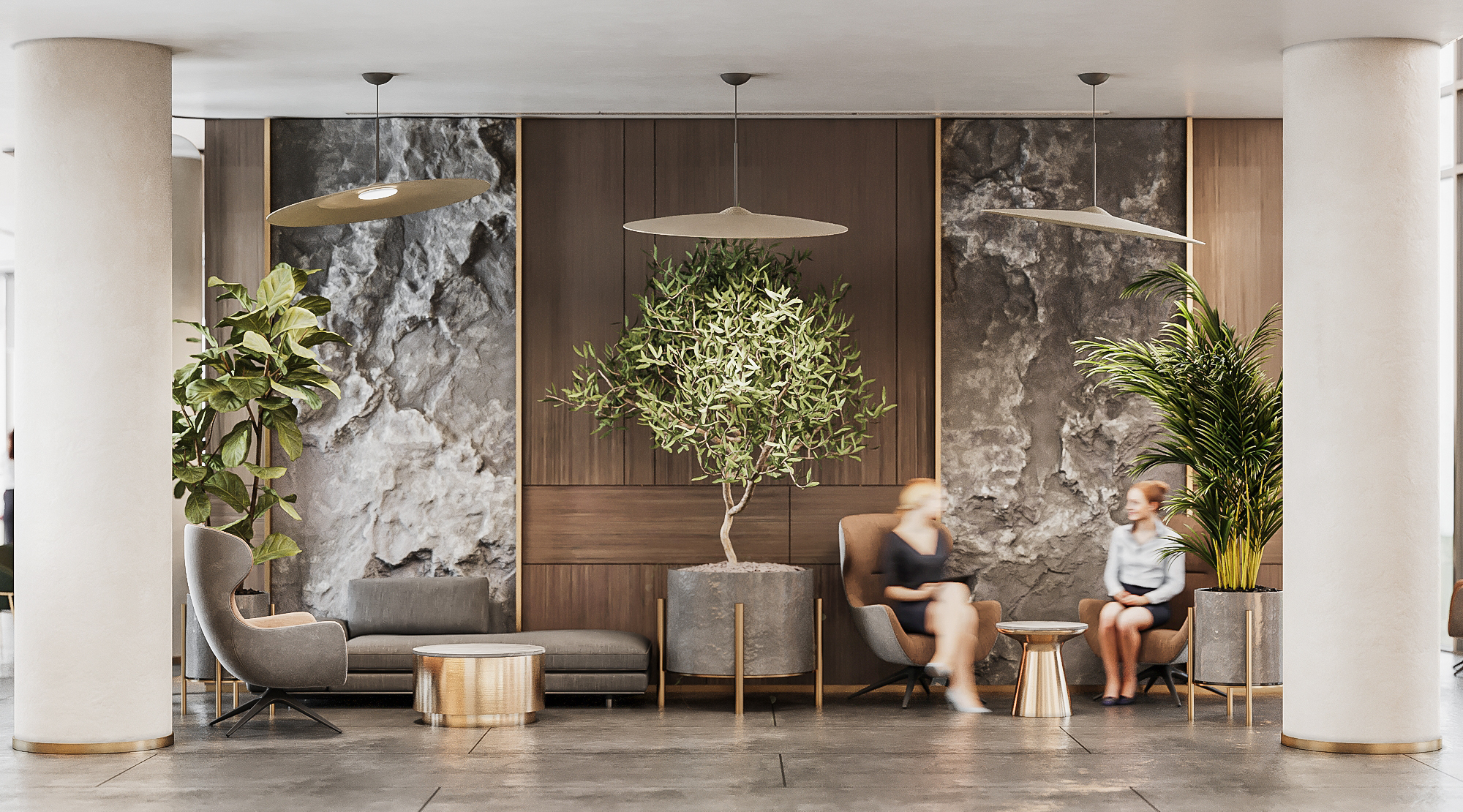
How to choose a space for your future office
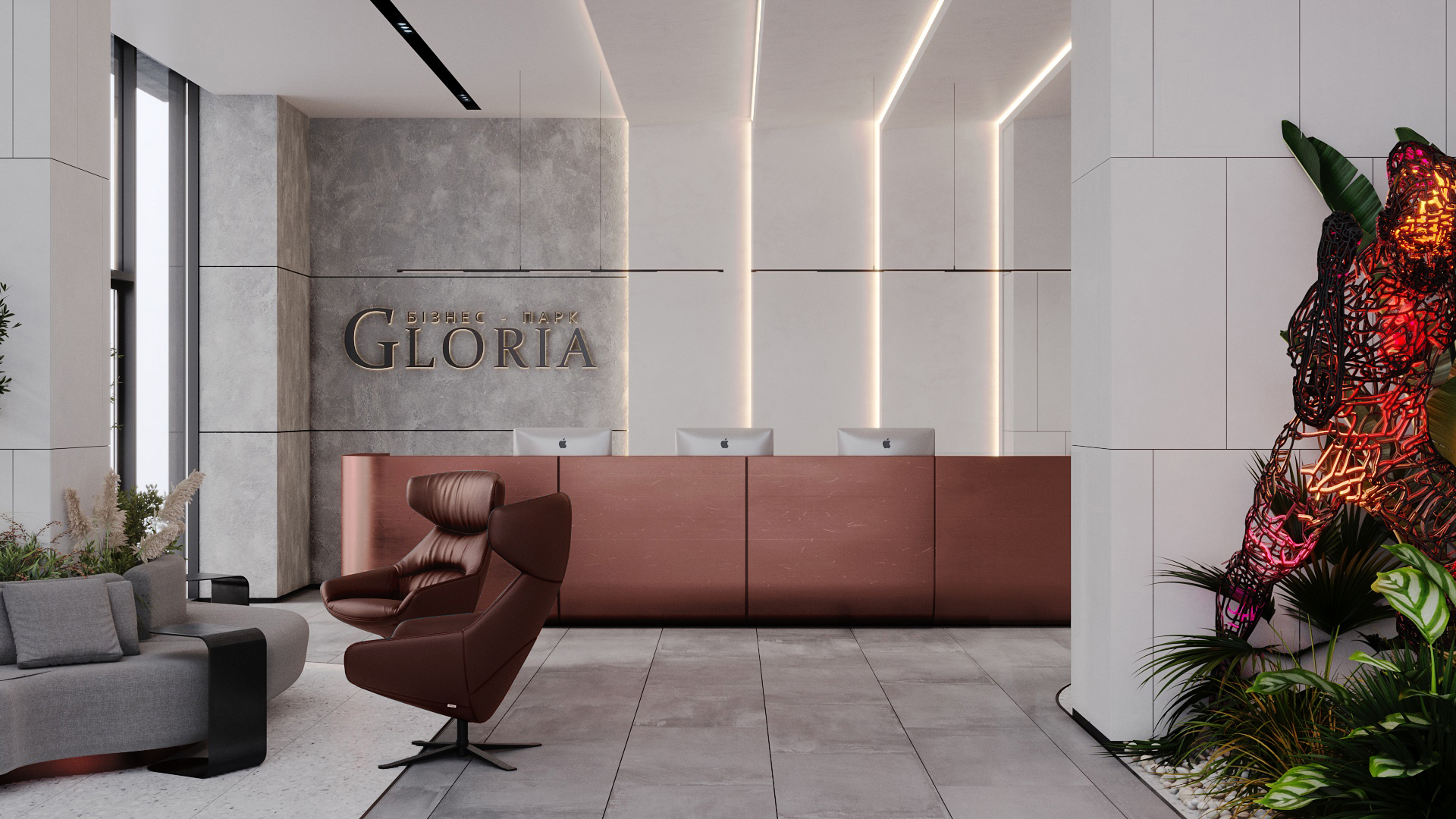
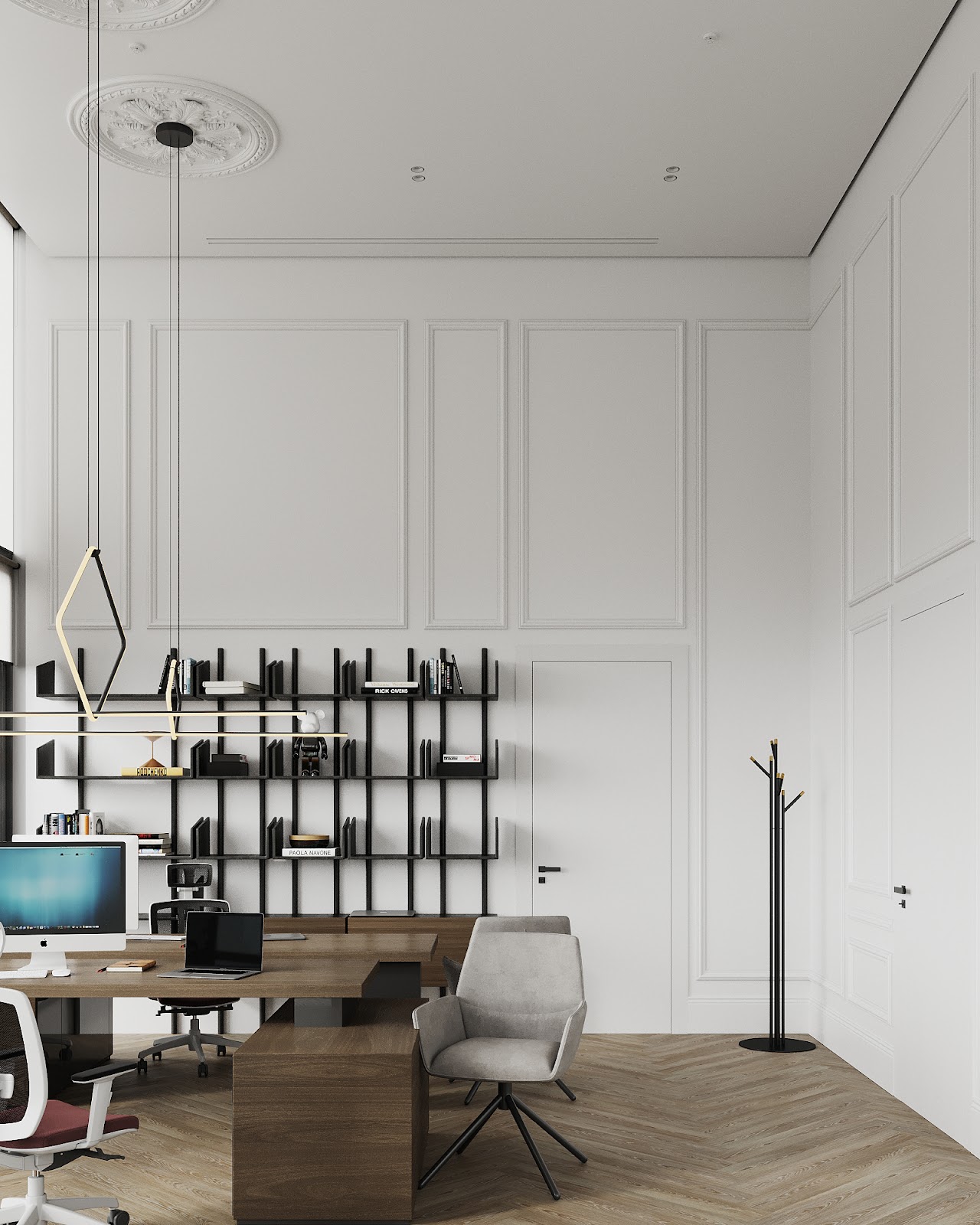
Structural flexibility: the foundation of your possibilities
The first thing to pay attention to is the load-bearing walls and frame. These limit renovation possibilities, so a space with fewer interior walls, pylons, and columns will give you more freedom in design. If there are columns in the space, assess whether they can be organically incorporated into the future design or if they will be an obstacle. Always review the building plan and consult with an architect before making a decision.
Ceiling height is another important factor. High ceilings allow for the creation of interesting multi-level structures, light installations, or cozy mezzanines for relaxation or informal meetings.
Would you like me to elaborate on any of these points or discuss other aspects of office space selection?
Modern business requires a powerful and reliable electricity supply. Check if the power grid capacity meets your needs and if there’s potential for modernization. Keep in mind that system upgrades will take time and require additional budget but are often necessary for the normal functioning of the office.
A quality heating, ventilation, and air conditioning system will ensure comfortable working conditions in any weather and help avoid the “sick building syndrome.” When choosing a space, pay attention to whether these systems can be installed or adapted to the new layout.
Plumbing considerations: Make sure the building has utilities for installing additional bathrooms or kitchen areas, especially if you’re planning for company growth.
A large amount of natural light not only saves electricity but also positively impacts the mood and well-being of employees. Consider how much natural light enters the space.
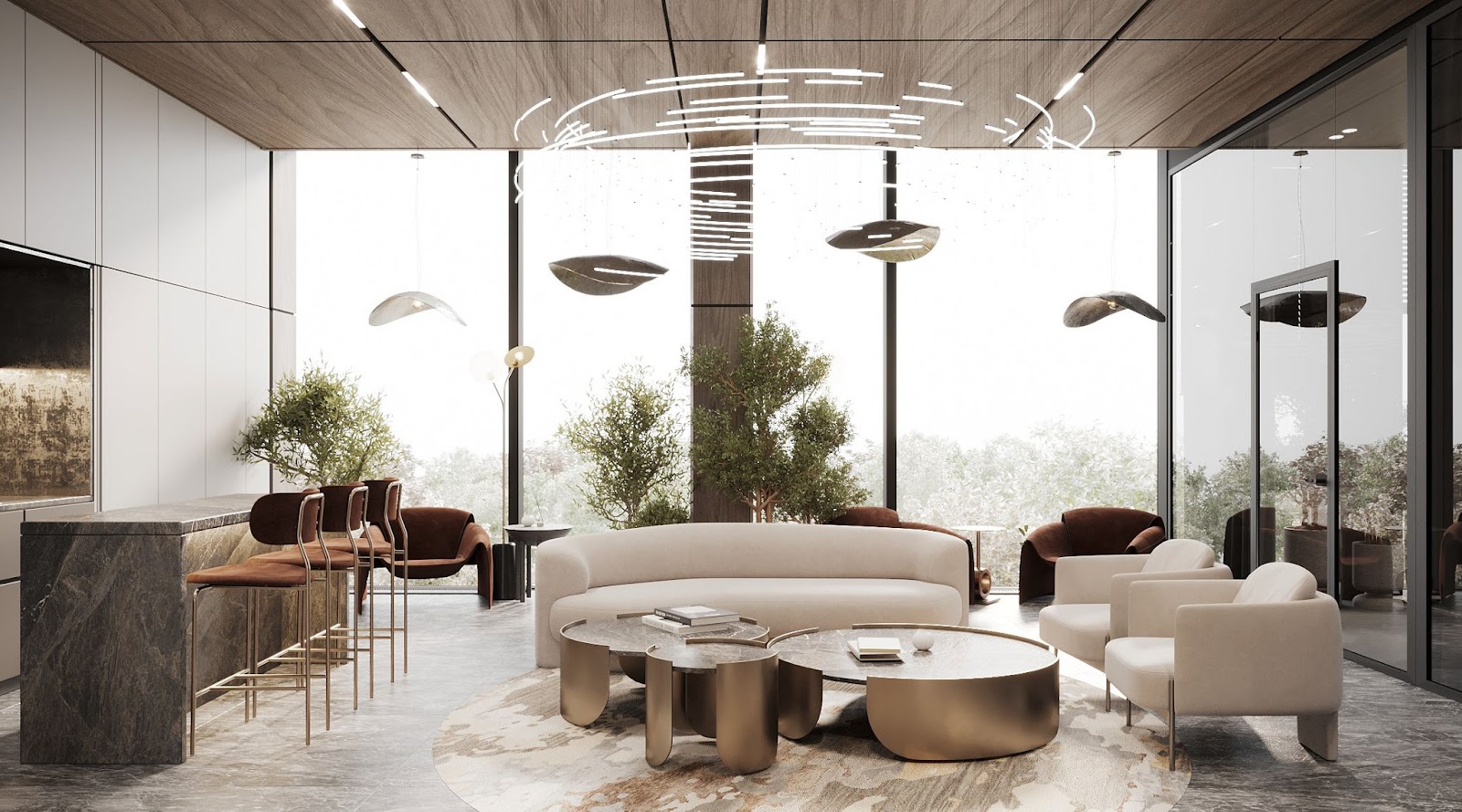
The floor is important not only aesthetically but also functionally. The possibility of installing a raised floor allows you to hide cables, create additional connection points, or install underfloor heating convectors. Using the floor to create “islands” with different coverings provides visual separation of functional areas.
Regarding the ceiling: consider the possibility of installing a suspended ceiling. Suspended structures are not just for hiding communications; they also offer opportunities for interesting lighting solutions, improved acoustics, and additional sound insulation.
Good acoustics are essential for productive work. Assess how easy it will be to improve the sound insulation of the space. This is especially important if the office is in a busy area or near noisy neighbors.
Internal sound sources are equally critical. An overly loud open space can challenge employees. Pay attention to the materials used for walls and ceilings, and consult specialists to create a comfortable acoustic environment.
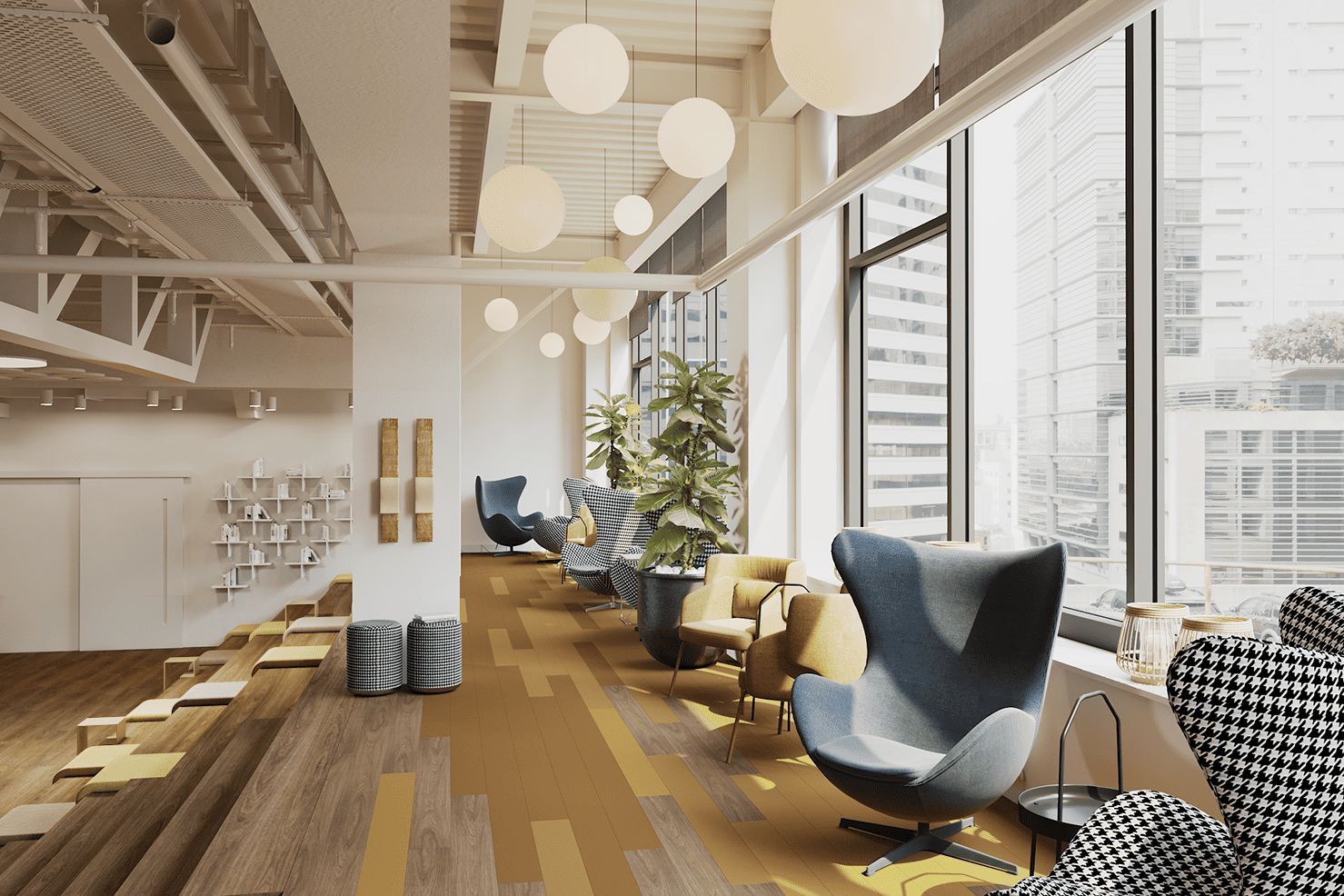
A modern office is a complex ecosystem of different spaces, each serving a specific function. When choosing a space, evaluate how easily you can create various functional zones.
Determine whether the configuration allows for an optimal balance between open and closed areas. You may want a large open space for the main team but also require closed offices for executives or confidential meetings.
Flexibility in planning will enable you to meet your company’s needs now and in the future. Can the space be easily transformed if those needs change? Don’t forget to allocate space for relaxation areas and informal communication.
When choosing an office, consider not only current needs but also the future growth of the company. An office that perfectly suits you now may become cramped in a year or two.
Evaluate the potential for expansion within the building. Are there adjacent spaces that could be rented in the future? High ceilings may also allow for vertical expansion, such as creating additional levels or mezzanines.
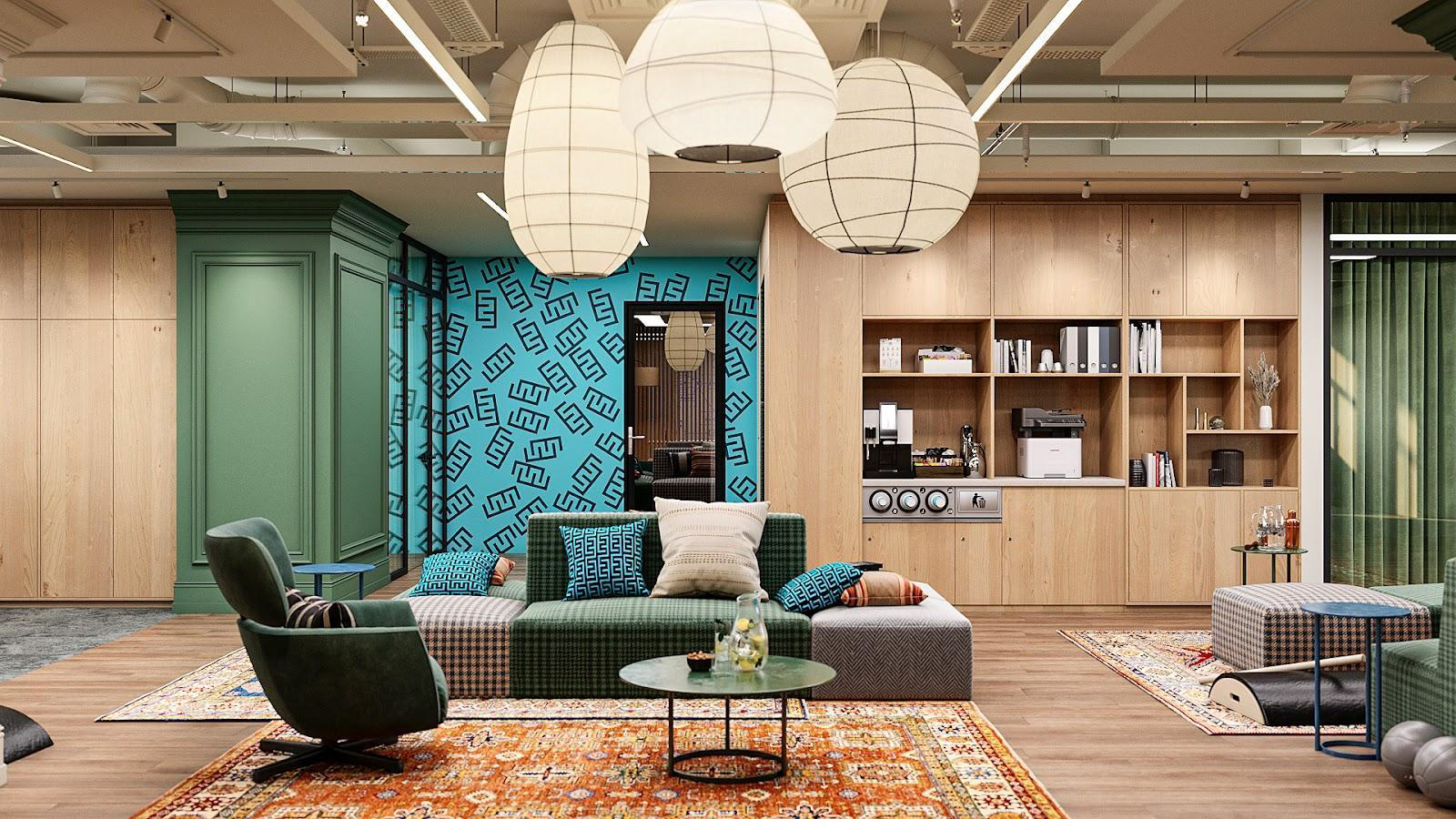
Every building has its characteristics and limitations that can affect redesign plans. Understanding these in advance can prevent unpleasant surprises later.
If you’re considering a space in a historic building, be aware of restrictions related to its architectural status. These may affect layout changes, facade design, or even material choices for the interior.
Building codes and fire safety regulations are equally important and can significantly influence your space planning.
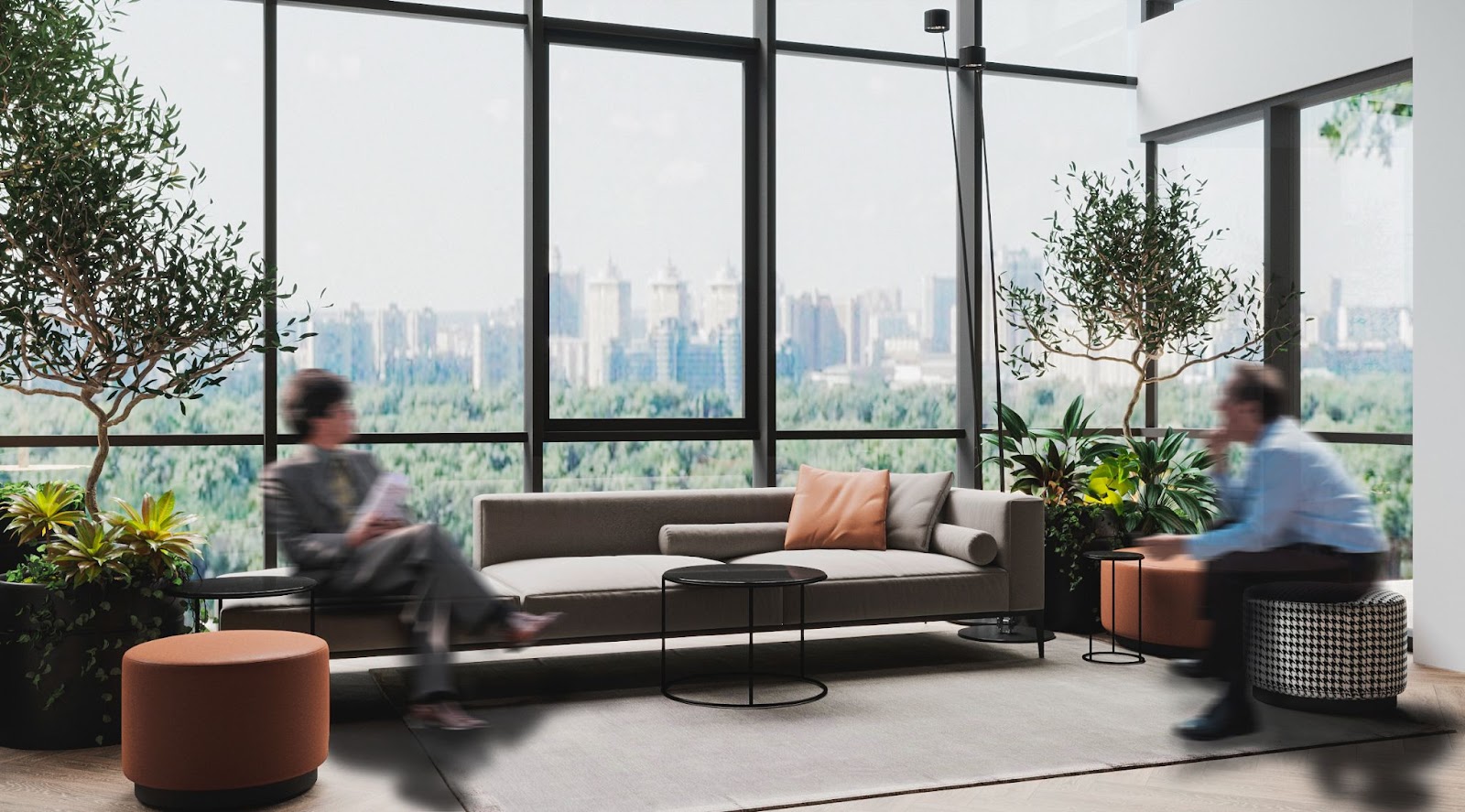
Remember, every space has potential, even if it’s not immediately apparent. Involving professional interior designers in the selection process is crucial. Take your time, weigh all the factors, and consult with professionals – this way, you’ll find the perfect space that will serve as your company’s headquarters for years to come.

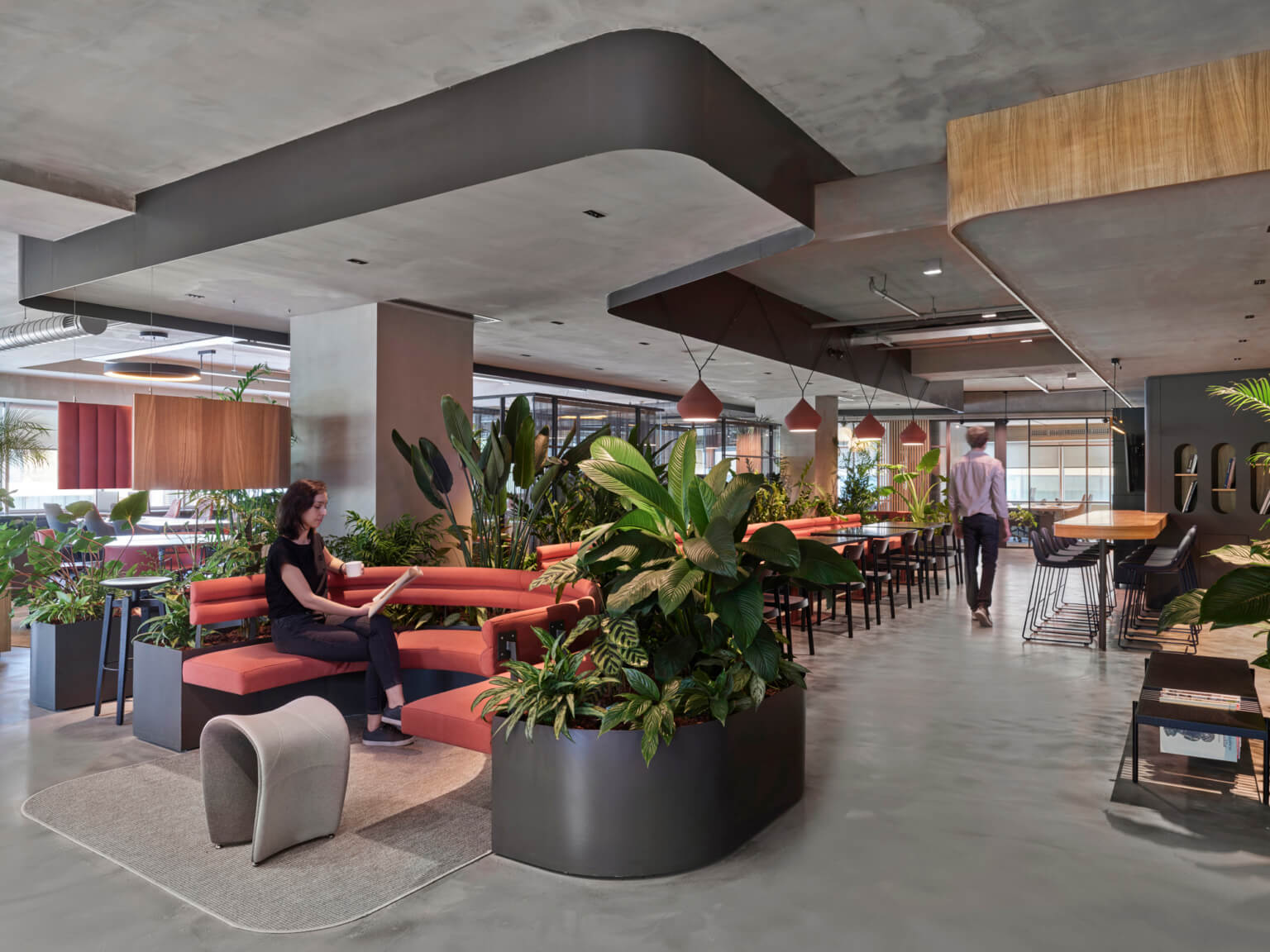

 Back
Back Back
Back



